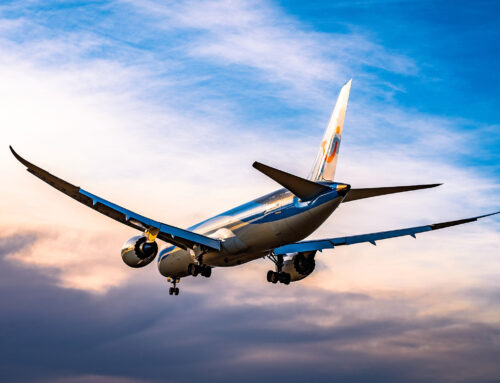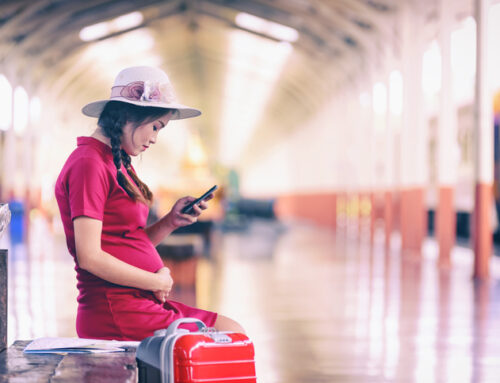Trekking
Trekking provides an intimate view of a region too rugged for motor vehicles or access to nearly pristine wilderness. The slower pace allows you to take in the scenery and absorb the atmosphere, and the act of putting one foot in front of the other is a unique form of relaxation and meditation. Because a trekking vacation is so physically demanding, you’ll want to take extra precautions to ensure you get the most out of your time – for instance, you might want to get a tetanus booster for travel.
What vaccinations do I need for a trekking trip?
Your travel health adviser will assess your destination, general health and your travel plans before they make recommendations. You can get a diphtheria, polio and tetanus booster for travel if that is needed.
Tick-borne encephalitis is especially dangerous in parts of Europe and Asia if you walk through woods or grassland.
You may also need to take malaria prevention tablets if malaria is a problem in the area you are visiting.
Make an appointment with NX Healthcare for a thorough evaluation. We prefer to see you six to eight weeks before your trip, but we can also help with last-minute vaccinations in central London.
Travel protection insurance for remote areas
How will you get help if you have an accident or fall ill while trekking? Being fully vaccinated will reduce the risk of serious illness while trekking. Knowing that you’ve had a recent tetanus booster for travel will give you peace of mind, too.
Health facilities may be hard to access in a remote region. Bear in mind also that you may be charged for healthcare, and if you add a helicopter ride on top of that, your costs can easily exceed tens of thousands of pounds. Make certain that your travel health insurance covers medical evacuation as well as trekking to remote areas.
Take care of your feet and joints when trekking
Purchase the best boots you can afford and break them in before heading out on a trekking holiday. Good socks are also essential, with a thin pair next to your feet and a thicker pair on top to prevent blisters. Air your feet every day, and treat any blisters as directed by the British Mountaineering Club.
Hiking poles can help some people, particularly those with weak knees; again, try them out before you go to see if they are right for you. Another important thing you can do for yourself is to avoid overpacking. Also, make sure your pack fits properly.
Know your risk of altitude illness
Learn the symptoms of altitude sickness if you are in a mountainous area (above 2,400m). Altitude sickness can be very dangerous if left untreated, so it’s important to recognise the symptoms in yourself and others.
Altitude sickness information is available on Travel Health Pro. If you have mild altitude sickness, you can either acclimate at the same altitude or descend to a lower altitude. Mild altitude sickness, on the other hand, can lead to life-threatening high-altitude cerebral oedema (HACE), a brain swelling caused by a lack of oxygen.
Altitude sickness medication is available, but it is not a substitute for acclimatisation or descent. For more information on altitude sickness, consult your travel health adviser.
Know your own trekking pace
Every trekker moves at their own pace, and when booking yourself on to a trek it’s important to be honest about your abilities. If you try to go too fast to keep up with a fast group, you risk exhausting yourself. Also, you’ll miss out on the incredible sights you’ve travelled to see.
Get travel health advice six to eight weeks before you depart on your trekking holiday. This will ensure that you are in the best possible condition to enjoy your trip.




